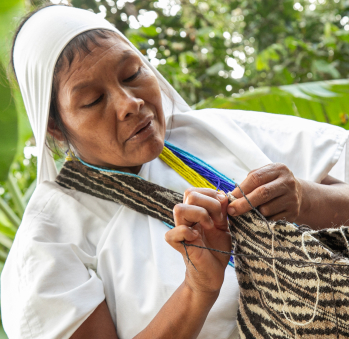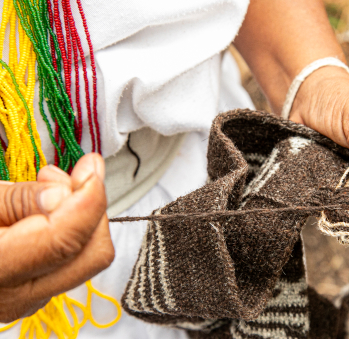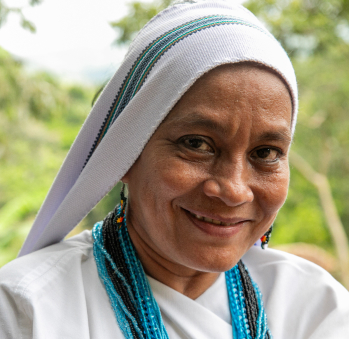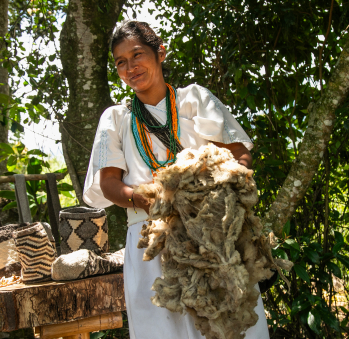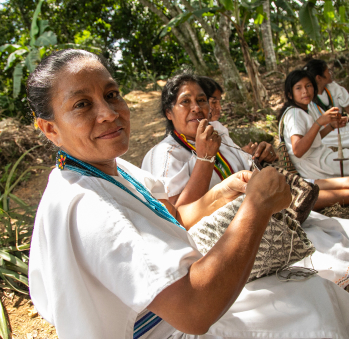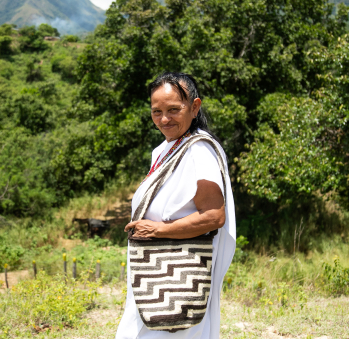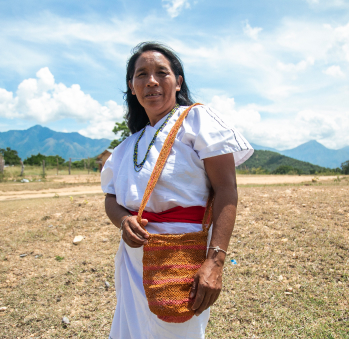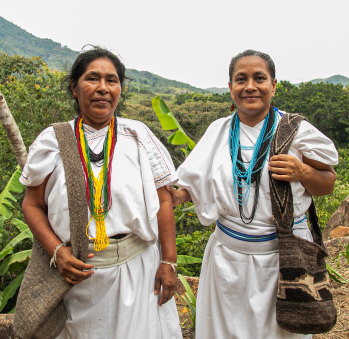Yamile Conrado y Kevia Chaparro
Workshop: Asociación Unkugulamusi
Craft: Tejeduría
Trail: Cesar Route
Location: Pueblo Bello, Cesar
SCHEDULE YOUR VISIT
Barrio las delicias, Pueblo Bello, Cesar
Yamile: 3183346225
Kevia: 3187421800
feygun81@gmail.com
Nabusimake stands as the spiritual capital of the Arhuacos, one of the four indigenous groups that inhabit and safeguard the Sierra Nevada of Santa Marta. Its name translates to the place where the sun was born. Born in Nabusimake, Yamile Conrado and Kevia Chaparro are two craftswomen skilled in weaving bags from hemp and wool. A period transpired when their ancestral capital lost its name, becoming known as San Sebastián de Rábago under the sway of Capuchin evangelizers who journeyed from Spain during colonial times. This situation persisted until 1980, when the spirit of the tiger awoke, leading Sierra Nevada communities to reclaim sovereignty over their land and reinstating their indigenous education and health systems.
According to Yamile Conrado, it’s irrefutable that the interplay of cultures and environments made her who she is. For instance, her grandmother attended one of the Capuchin boarding schools, where Catholicism was inculcated and kids were stripped away from their native languages and attires. Yamile makes part of that detachment but her roots and customs remain alive in her heart. She asserts that even as she wears jeans rather than robes, she retains her identity, which expresses itself through her beliefs and customs.
Both Yamile Conrado and Kevia Chaparro now reside at Pueblo Bello, a town that lies on the outskirts of the Sierra’s indigenous reserve. A fellow craftswoman, Katty Richter, was born in Nabusimake but presently resides in Valledupar. When they convene, their conversations flow in Arhuaco, their mother tongue. An example of how they live their people’s history and their new reality, can be appreciated in their craft: bags crafted in Pueblo Bello using materials sourced from the Sierra. The wool comes from herds nurtured and shorn in Nabusimake, while the hemp derives from aloes harvested by men from the reservation, alongside the plants employed for dyeing. From their mothers and elders they learnt to use the colors from nature, with vibrant names such as noura, the rind of a big tree, chunnu, the roots of a shrub, kuguinu, the rind of a tree that grows in cold temperatures, and zikura, the name they give to ox-eye beans.
Among the lessons handed down by mothers and grandmothers, beyond their mother tongues, lies another kind of language: the language of weaving. Between ages three and six, this dialect is imparted—analogous to the age children learn to speak or write at. A girl’s inaugural woven bag holds as much import as her first spoken word. Hence, it must be blessed. Guided by custom, it’s presented to the mamo, the spiritual guide, to sanctify the nascent knowledge that will accompany her throughout life. These initial bags typically feature hills or leaves, simple forms that are good for learning how to trace the line of a drawing, analogous to calligraphic exercises that kids repeat when they are learning how to write.
The act of weaving bags harbors a significance to the Arhuaco people surpassing its commercial utility. In fact, their trading is rather recent. Historically, these bags were not commodities, but rather, they were fashioned by women for their husbands: hemp bags to bear harvested plantains and wool bags for personal effects. Today, these bags, their crafts, are central to household economies. However, these women do not engage in mass or industrialized production. They weave according to their mood and, as each stitch rises, their hands convey the weaver’s thoughts into the bag.
Anyone can weave a bag, yet not everyone does so in a manner that honors tradition and symbolic value. These artisans discern the meaning of each motif, aware of their Arhuaco nomenclature. Proficient in the optimal technique of twining threads using their thighs, they are also members of Unkugunamusi, signifying “”to be supportive.”” Within this group converge eleven families from Pueblo Bello and five from Nabusimake. Recently, they’ve been disconcerted by an unsettling situation: their bags are being purchased, adorned with beads, and resold at Valledupar for over double the original price. This trend ignores the spiritual value and time-honored practices that underlie each of their bags. Yamile, Kevia, and Katty aspire that exposing this matter to buyers and sharing their narrative will help them spread greater mindfulness and reverence for the bags, and their true meaning: an expression of their traditions.
Craft
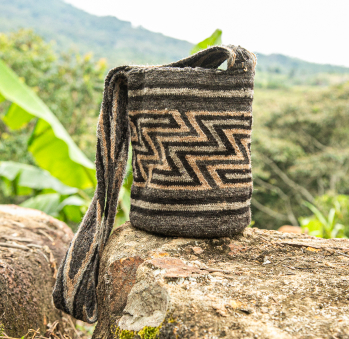
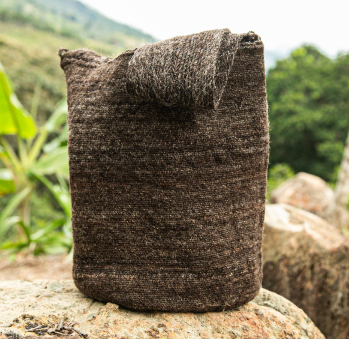
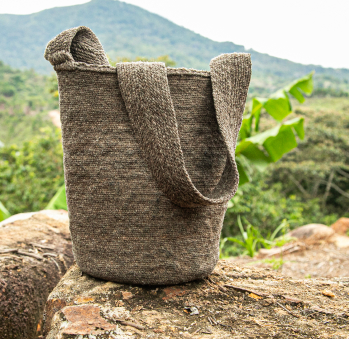
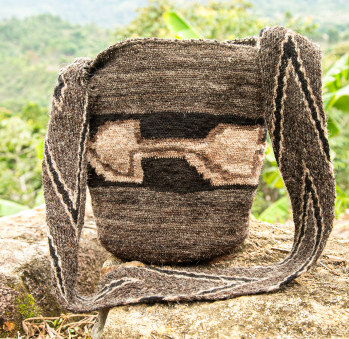
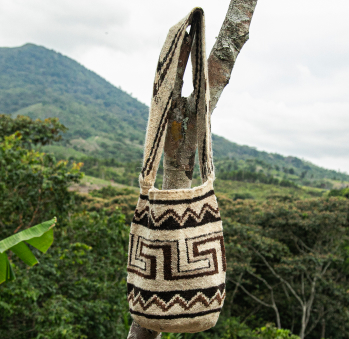
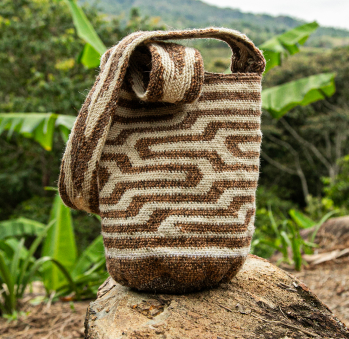
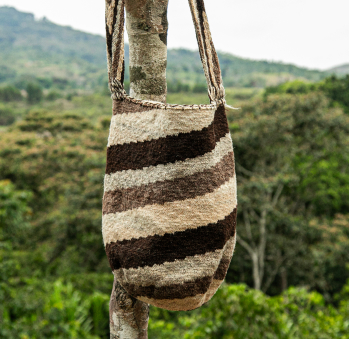
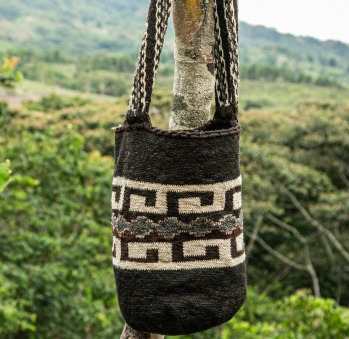








Artisans along the way
Artisans along the way
No puede copiar contenido de esta página










































